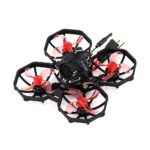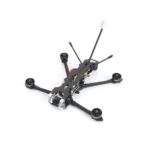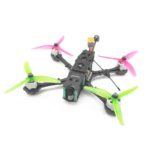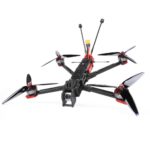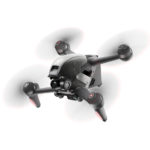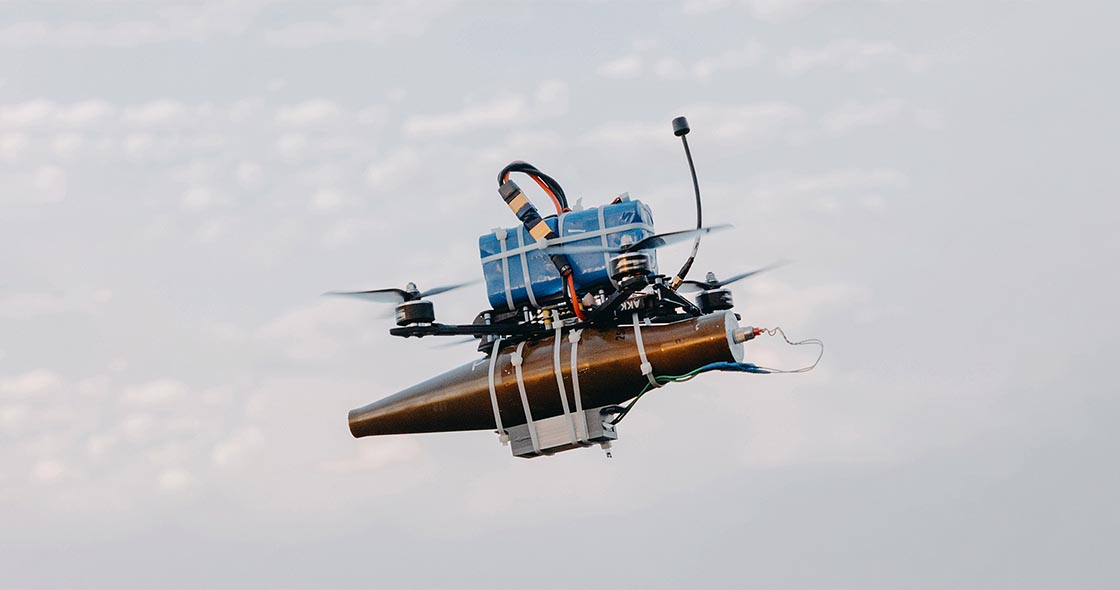How Drone Combat in Ukraine is Revolutionizing Warfare Leave a comment
The conflict in Ukraine has been marked by an unprecedented deployment of drones, with thousands of unmanned aerial vehicles (UAVs) utilized for tracking enemy forces, directing artillery, and striking targets. By examining over 50 drone attack videos, compiling extensive research, and consulting with numerous manufacturers, soldiers, and officials, it is evident that this technology is reshaping the landscape of warfare.
One of the most effective weapons in this conflict is the tiny, low-cost FPV (first-person view) drone. These drones, initially intended for civilian racing, are controlled by ground-based pilots and are often used in kamikaze-style attacks, crashing into targets while carrying explosives.
Remarkably, the total cost for an FPV drone, including the explosive payload, can be as low as $500.
FPV drones are launched from makeshift platforms located several kilometers from the front lines. Their range, influenced by size, battery capacity, and payload, can extend from 5 km to over 20 km.
A soldier operates the drone with a remote controller and a headset that displays the drone’s camera feed. Another soldier uses a tablet with maps to provide navigation instructions.
Upon crossing the front lines, the pilot identifies a target, such as a tank, and aims for its vulnerable spots like an open hatch, engine, or ammunition storage.
These targets are usually pre-detected by reconnaissance drones, allowing the FPV to quickly locate and strike with high precision.
Daily, drone units from both sides share videos on social media, showcasing how drones costing as little as $500 can effectively neutralize high-value targets like artillery pieces or tanks worth millions, underscoring their significant impact on modern warfare.
While drones have been part of military arsenals for decades, dating back to pilotless, radio-controlled aircraft tested in World War One, the Ukrainian conflict has dramatically increased their deployment scale. Drones have evolved from specialized tools to crucial, widely-used battlefield assets.
Initially inconsistent in their deployment, smaller drones are now systematically integrated into Ukraine’s armed forces. Almost every fighting brigade now includes an assault drone company, and most units are equipped with reconnaissance drones.
The Ukrainian government has set an ambitious goal to produce a million FPV drones in 2024, which is roughly twice the number of artillery shells supplied by the entire European Union over the past year.
The deployment process begins with reconnaissance drones outfitted with high-resolution cameras that provide real-time video feeds to the pilot’s control screen, enabling operators to identify enemy targets from above.
The extensive use of drones in the Ukraine war underscores a transformative shift in modern warfare. With their affordability, precision, and versatility, drones like the FPV are revolutionizing combat strategies, making high-tech capabilities accessible and effective on the battlefield. As drone technology continues to evolve, its impact on future conflicts will undoubtedly be profound, reshaping military tactics and defense planning globally.


